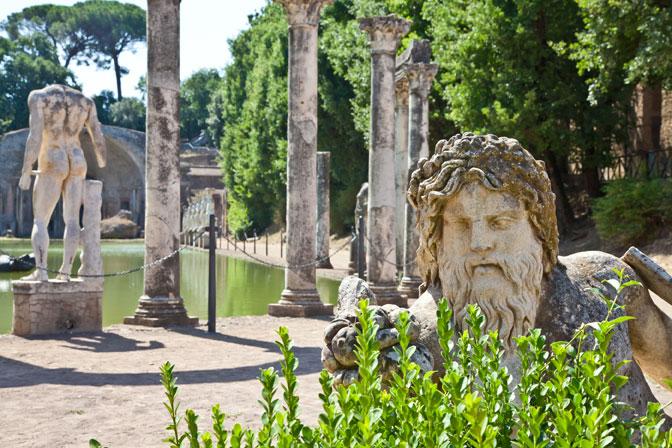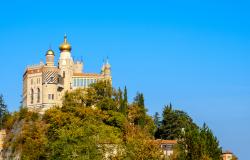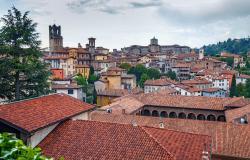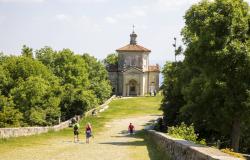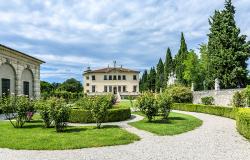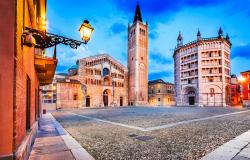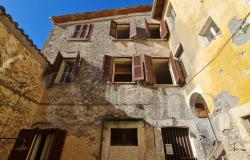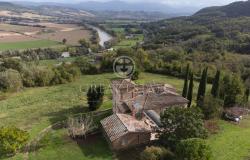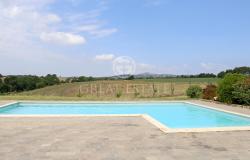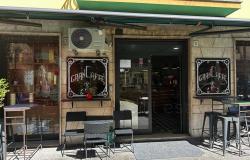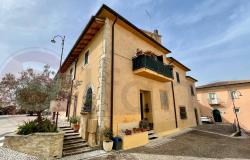An "old lady" steeped in the culture and history of Italy, who provided hospitality for emperors, popes, artists and the nobility. No, we are not speaking of a kind and cultivated woman, but the enchanting city of Tivoli, just 30 km from Rome.
The origins of Tivoli date back to 1215 BC (that is, nearly 500 years before the founding of Rome) and there is a legend concerning the foundation and name of the city. It is first mentioned by Cato the Censor in his Origini. Tivoli probably developed from a Greek colony ruled over by Catillo of Arcadia, son of Anfiarao, who escaped from Troy before it was laid waste. Catillo had three sons, Tiburio, Corace and Cavillo, who drove the Siculi from the territory and named the city ‘Tibur’ in honour of the eldest brother. Tibur became Tiburi to the Romans, then Tibori, Tiboli and finally, Tivoli.
History everywhere
What is certain is that even today, strolling through the narrow streets of the old town, its historic presence is still strongly felt. It is impossible to walk more than a few feet without coming across a piece of history: medieval palazzi, fortifications, Roman villas and churches. Tivoli is the result of
Right opposite the square stands the imposing Rocca Pia, which dominates the city and the valley of the River Aniene. Built in 1461 for Pope Pius II Piccolomini (surviving documents reveal that it was built in just one year at a cost of 20,000 scudi), the fortress consists of four circular towers surmounted by Guelph battlements typical of the time. The tallest of the towers reaches 36.5 metres, and the others are a little lower. The reason for this is that in the 15th century the Rocca was equipped with so-called ‘bocche da fuoco’ (mouths of fire – a type of cannon) and to deploy these it was necessary to have an unimpeded line of fire. If all the towers were the same height, clearly this would not have been possible!

Leaving the Rocca, walk along Vico Barchetto and via Boselli, until you arrive at Piazza Trento. From here there is a fine view of Villa d’Este, one of the architectural marvels (along with Hadrian’s Villa) which have made Tivoli world-famous.
In a monastery garden
The Villa d’Este is further proof of Tivoli’s layers of architectural styles, as it is built over the remains of a Roman villa. Before becoming a noble residence, it was in fact a Benedictine monastery and it was only in 1550 that the local governor, Ippolito II d’Este, commissioned one Pirro Ligorio to carry out radical restoration work to produce a building to rival those of Versailles, Fontainebleau and Europe’s other royal palaces.
As well as the majesty of the rooms and the exceptional richness of the decoration (especially the frescoes depicting the Banquet of the Gods by Federico Zuccari and Girolamo Muziano which dominate the central room of the palace’s ‘appartamenti nobili’), perhaps the greatest surprise for the visitor is the wonderful gardens which completely surround the building.

It is a fine example of the renowned ‘Italian Garden’ which became a kind of status symbol craved by all the continent’s royal Courts in the Mannerist and Baroque era. You can walk for hours among the geometric forms of its hedges, stopping from time to time to admire the nymphaea, grottoes and jets of water which spurt from fifty fountains. It is no wonder that the Villa d’Este was visited by a Pope (Pius II) and, at the end of the 19th century, by Franz Liszt, who composed the work: ‘Giochi d’acqua a Villa d’Este’.
On leaving the Villa, be sure to visit the nearby Church of S. Maria Maggiore, which still contains fragments of mosaic pavements, testifying to its foundation in the 9th century. The entrance to the church has not always been in its present position: it was moved in the 16th century to facilitate entry to the Villa d’Este.
Off the beaten track Next, the best thing is to re-enter the Villa d’Este and walk the full length of the grounds, exiting into the via del Colle. This leads into the Piazza del Duomo. However, it is worth-while leaving the main road and finding your way through the little streets and alleys flanked by Tivoli’s oldest houses.
Next, the best thing is to re-enter the Villa d’Este and walk the full length of the grounds, exiting into the via del Colle. This leads into the Piazza del Duomo. However, it is worth-while leaving the main road and finding your way through the little streets and alleys flanked by Tivoli’s oldest houses.
On reaching the Duomo (or Cathedral of San Lorenzo, as it is better known) you will immediately notice that the only part of the original building which remains standing is the Romanesque belltower.
The present cathedral dates from the last rebuild ordered by Cardinal Giulio Roma in the early 17th century. The cathedral contains a holy relic of St. Lawrence who, it is said, was martyred on 10th August 258, because he refused to hand over to the Prefect of Rome the treasures of the church, which had been entrusted to him.
To end this circular tour, make a stop at the Church of S. Pietro alla Carità which stands on the road to Villa d’Este.
Life and events in Tivoli In the streets of the old town you will find shops selling traditional craft products, especially handmade copper items such as boilers, pans and stills.
In the streets of the old town you will find shops selling traditional craft products, especially handmade copper items such as boilers, pans and stills.
If, by this time, you are a little peckish, try some of the traditional Tivoli dishes such as soup with rice and peas, rigatoni with pagliata, lasagne with spelt, gnocchi with meat sauce, lamb or trout from the Aniene at one of the restaurants that you can find in the town centre.
 If possible, try to catch the ‘Natale di Tivoli' on the 5th April, which celebrates the foundation of the city on 5th April 1215 BC. The festival is packed with cultural and sporting events and continues into May. More info here.
If possible, try to catch the ‘Natale di Tivoli' on the 5th April, which celebrates the foundation of the city on 5th April 1215 BC. The festival is packed with cultural and sporting events and continues into May. More info here.
Another important day celebrates St. Lawrence, patron saint of the city. Several relics of the Saint, preserved in the cathedral, are put on display on 10th August, when there is also a religious procession and several other events.
